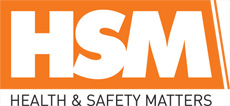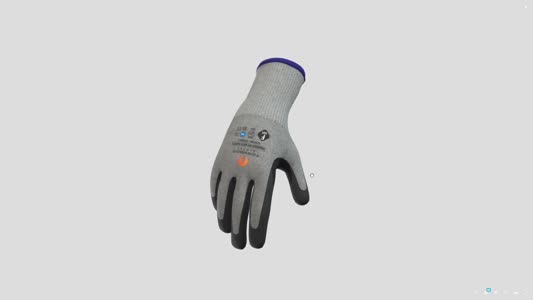
 |
Mark Sennett
Managing Editor |
 |
Kelly Rose
Editor |
ARTICLE
New tool to help prevent MSDs
23 January 2013
A new downloadable tool is available to help businesses and organisations reduce the likelihood of their employees suffering from musculoskeletal disorders (MSDs) of the upper limbs associated with repetitive tasks.

A new downloadable tool is available to help businesses and organisations reduce the likelihood of their employees suffering from musculoskeletal disorders (MSDs) of the upper limbs associated with repetitive tasks.
MSDs are the most common occupational illness in Britain affecting more than 500,000 people every year and are often linked to repetitive work tasks such as packing on a production line or the regular use of hand tools.
The Assessment of Repetitive Tasks (ART) tool, developed by the Health and Safety Executive (HSE) and Health and Safety Laboratory (HSL), can help identify where the significant risks lie, suggest where to focus risk reduction measures and help prioritise improvements. Jeremy Ferreira, Senior Ergonomist at HSL said: “Assessing quick repetitive movements of the arms and hands can be more difficult than assessing manual handling operations like heavy lifting.
“Often actions to reduce MSDs caused by repetitive tasks are incredibly simple, yet are overlooked by employers because the risks are not so readily recognised.
“The ART tool makes it much easier to determine where the risks lie, and what measures should be taken by employers together with their workforce to reduce the potential for injury.â€
The tool complements existing HSE guidance on upper limbs, and is available online at www.hse.gov.uk/msd/uld/art or in hard copy (INDG438).
MSDs are the most common occupational illness in Britain affecting more than 500,000 people every year and are often linked to repetitive work tasks such as packing on a production line or the regular use of hand tools.
The Assessment of Repetitive Tasks (ART) tool, developed by the Health and Safety Executive (HSE) and Health and Safety Laboratory (HSL), can help identify where the significant risks lie, suggest where to focus risk reduction measures and help prioritise improvements. Jeremy Ferreira, Senior Ergonomist at HSL said: “Assessing quick repetitive movements of the arms and hands can be more difficult than assessing manual handling operations like heavy lifting.
“Often actions to reduce MSDs caused by repetitive tasks are incredibly simple, yet are overlooked by employers because the risks are not so readily recognised.
“The ART tool makes it much easier to determine where the risks lie, and what measures should be taken by employers together with their workforce to reduce the potential for injury.â€
The tool complements existing HSE guidance on upper limbs, and is available online at www.hse.gov.uk/msd/uld/art or in hard copy (INDG438).
MORE FROM THIS COMPANY
- Company fined after admitting safety failures
- Builder jailed for illegal gas work
- 'Water' way to improve safety
- Government to fund cladding replacement
- HSENI announces new chief executive
- Workplace noise hindering manufacturing workers
- Horrifying risks of e-bike fires discussed at conference
- Roofer given suspended sentence after man falls
- Noise at work guidance in pipeline
- Fatal injury during lifting operation
RELATED ARTICLES
- No related articles listed
OTHER ARTICLES IN THIS SECTION























